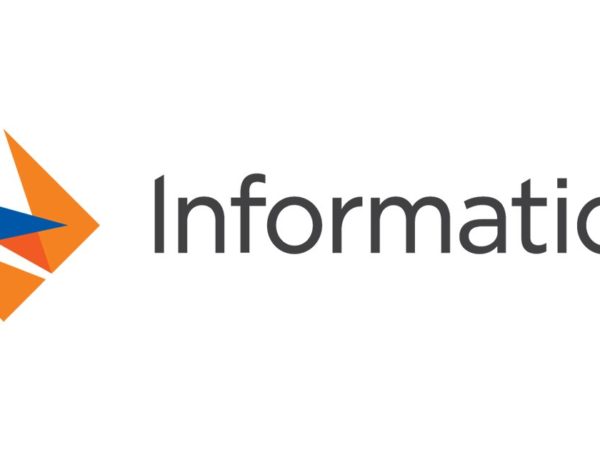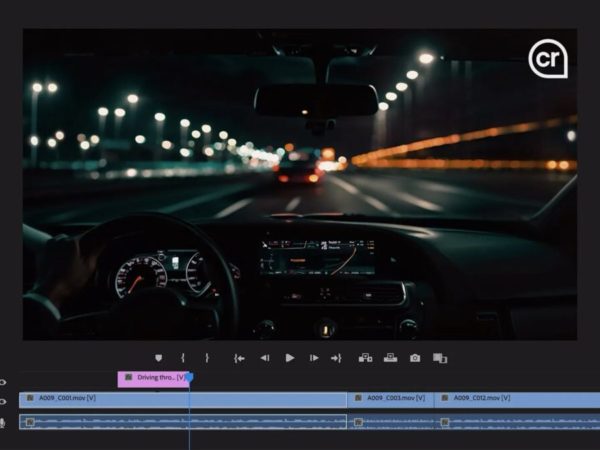Originally known from Microsoft as “Software Plus Services,” Software as a Service, or SaaS development has grown exponentially over the past several years, particularly as its use-value has spread across a wide array of different industries. Consequently, the market for SaaS developers has increased significantly, as their skills are increasingly desired among numerous firms.
While the growth in SaaS alone is exciting enough, what is truly exciting is the range of industries in which this software has successfully penetrated. What was once a software reserved for specialized use has now become commonplace in the IoT age and on-demand economy. SaaS has proven to be useful in a broad range of consumer and enterprise applications, and some of the most successful applications relate to financials, communication, and entertainment.
Financials
Financial applications are one of the first major applications that come to mind with SaaS development, particularly since Wall Street analysts are some of the most well-known data scientists that have been in operation for decades. Thus, it is unsurprising that an array of SaaS development projects have focused on financial applications and various use-values for consumers and enterprises.
Today, virtually all major banks have a mobile application, which was designed to provide an even more effective service to customers. These SaaS banking apps offer major advantages to the customers, such as remotely depositing checks, which obviates the need for taking the time to visit a bank branch. These apps also allow customers to transfer money without needing to make a physical visit to a bank in-person. Furthermore, fintech startups have grown significantly in recent years, with Venmo, a service of PayPal, and Square, founded by the Twitter CEO, Jack Dorsey, becoming an integral part of consumers’ financial transactions.
Communication
Aside from financials, one of the clearest widespread applications of SaaS development efforts pertains to communication, as evidenced by the massive popularity of Facebook, Twitter, and other social media platforms. Through these revolutionary communications mediums, the way in which people interact with one another has transformed completely, and phone conversations have become virtually obsolete relative to their past dominance.
As employees have increasingly begun to work from home or otherwise remotely, SaaS communications software will only continue to grow in importance. After all, companies like Zoom and Slack have grown rapidly during the pandemic in terms of consumer and business adoption. Furthermore, major tech companies, such as Google and Facebook, have focused on developing their own e-meeting services for their customers, in particular their enterprise customers. These efforts will, in all likelihood, serve an integral role in communications SaaS development efforts in the years to come.
Entertainment
Outside of financials and communication, which can all too often overlap with work, SaaS development efforts have also amplified in the leisure industry, in particular on-demand entertainment options. Netflix is arguably the foundational company that launched the on-demand entertainment blitz, which revolutionized the ways in which people enjoyed movies and television shows. One of the biggest differences includes the concept of “binge-watching,” where an individual could watch an entire series in a day or a weekend, depending on the length, as Netflix generally releases all the episodes at once, instead of on a weekly basis.
In the years following Netflix’s establishment, many other companies are racing to emulate Netflix’s business model and overtake part of Netflix’s enormous consumer base. For instance, Hulu is another streaming SaaS on-demand entertainment service, along with a number of other platforms. In addition, major companies have also begun offering similar services, such as Disney, with Disney , and YouTube, with the option to rent movies directly from the platform itself. Even major news networks have begun to stream live through these SaaS programs, showing just how prominent they have become in people’s viewing and listening habits.
Future Directions
While financials, communication, and entertainment are some of the most well-known SaaS opportunities, many other industries are rapidly adopting SaaS into their organizational operations. These organizations not only include private enterprises, but also public enterprises, in industries that serve numerous stakeholders: the healthcare industry and the educational system.
Healthcare
Various healthcare centers have begun offering telehealth consultations via SaaS software, and this option has become especially popular after mandatory quarantines have swept across the globe. Mental health services, such as psychological counseling and cognitive behavioral therapy, are also increasingly taking advantage of SaaS platforms.
Education
Another segment of the economy that has benefitted from SaaS development is the education sector, including public schools and the entire university system, particularly after the unanticipated shutdowns during the COVID-19 pandemic. Through various programs, such as Zoom, teachers and professors were able to remotely teach students, which helped them not fall as far behind. Thus, SaaS provided the opportunity to educate children that otherwise would not have existed. It will be interesting to see just how advanced SaaS becomes in the near future in terms of fulfilling society’s needs.



